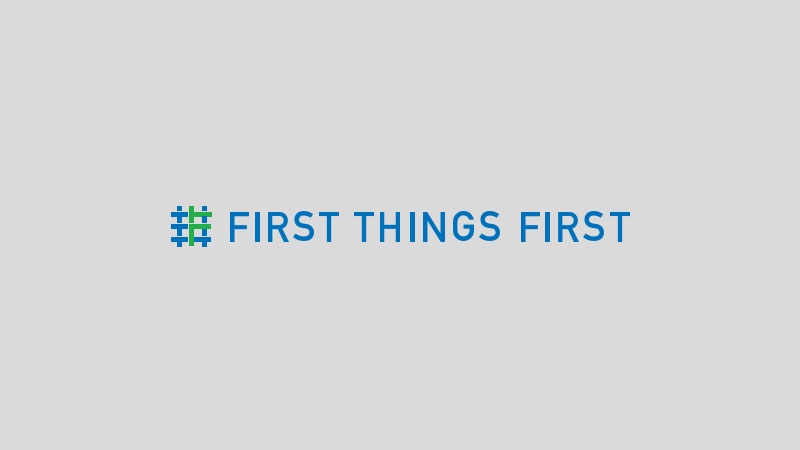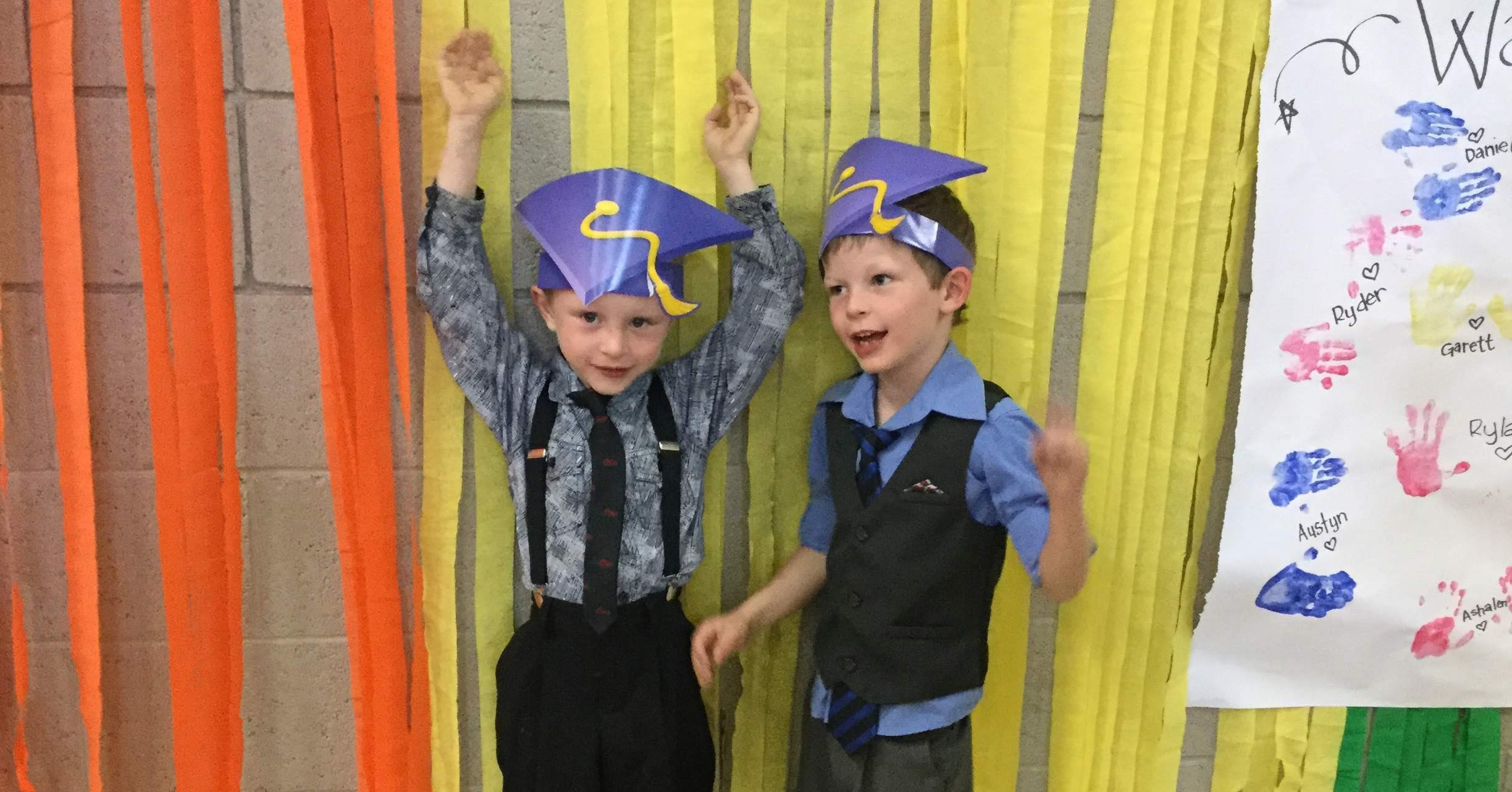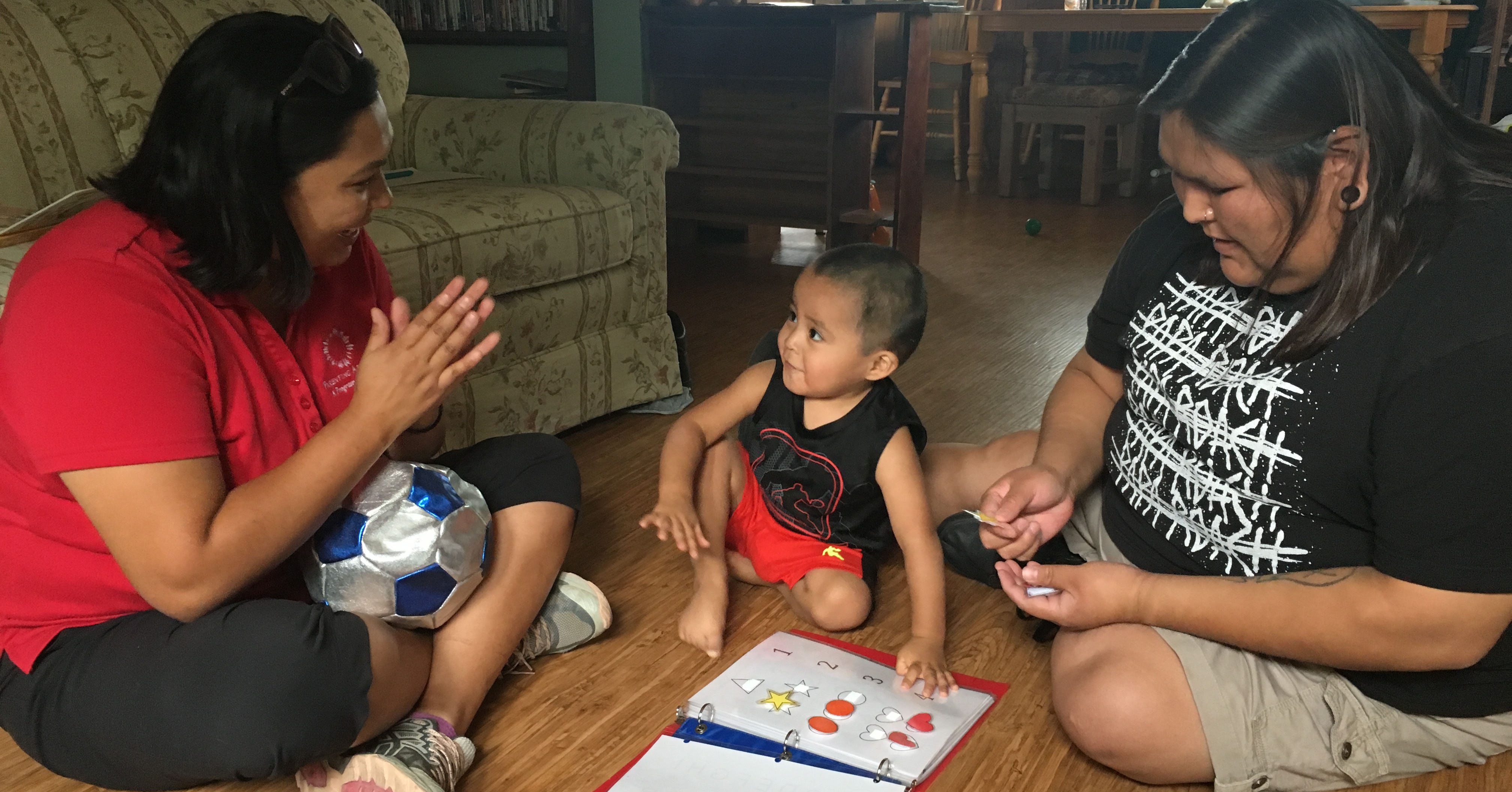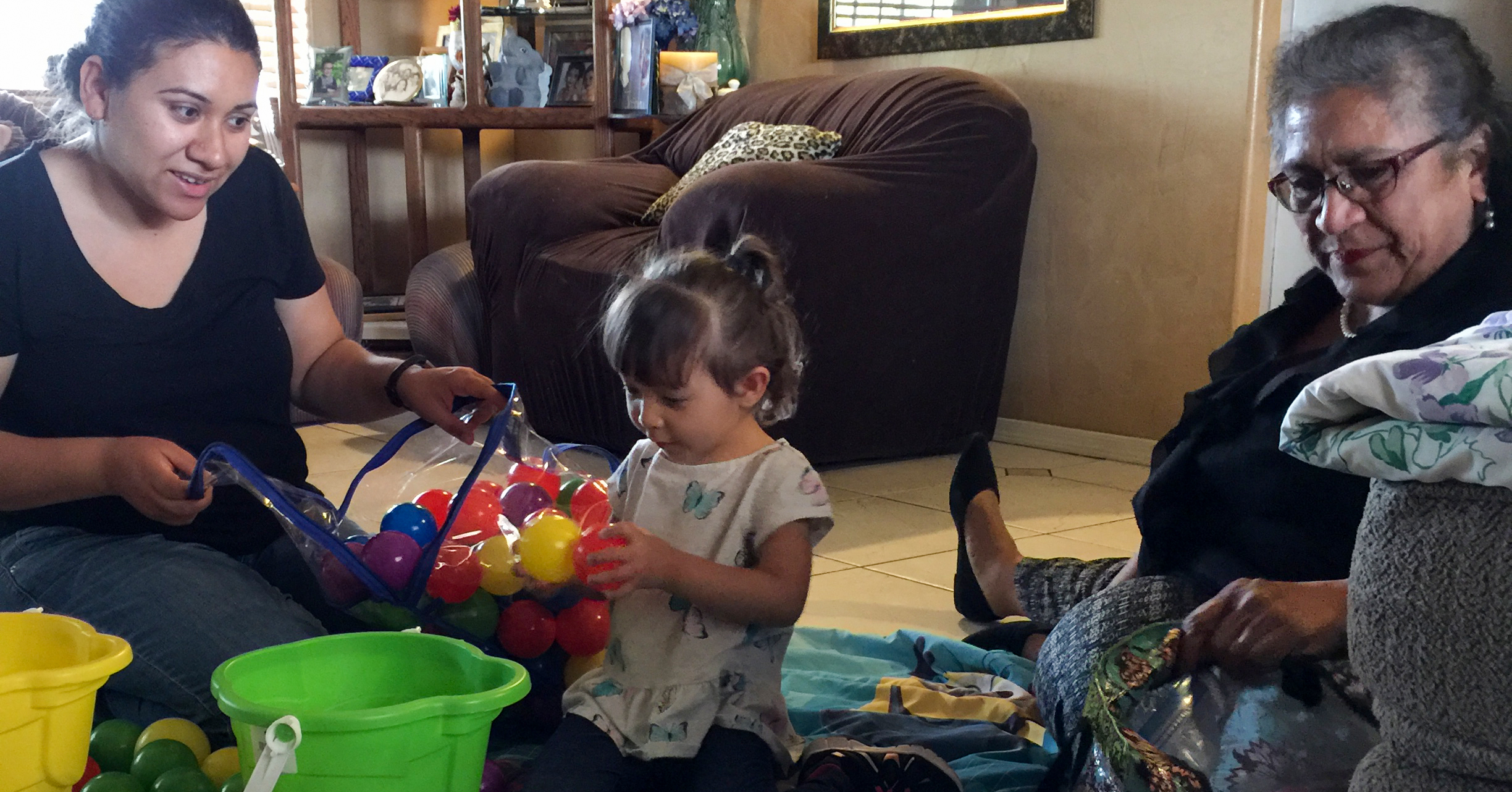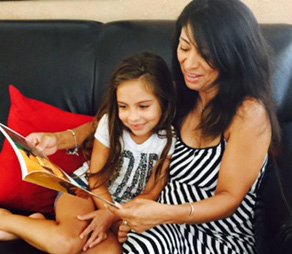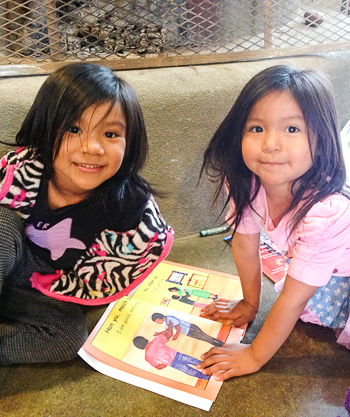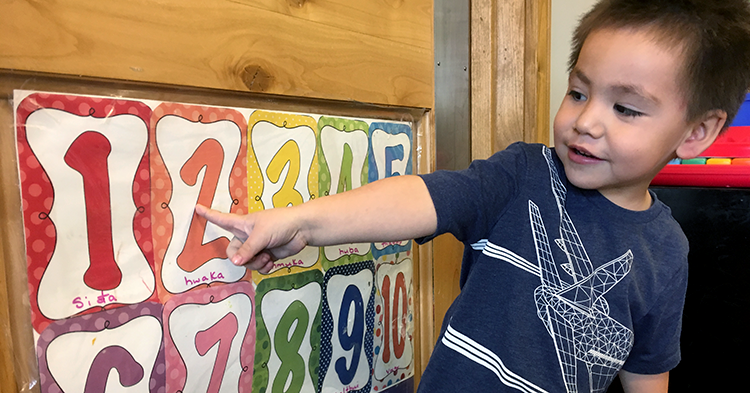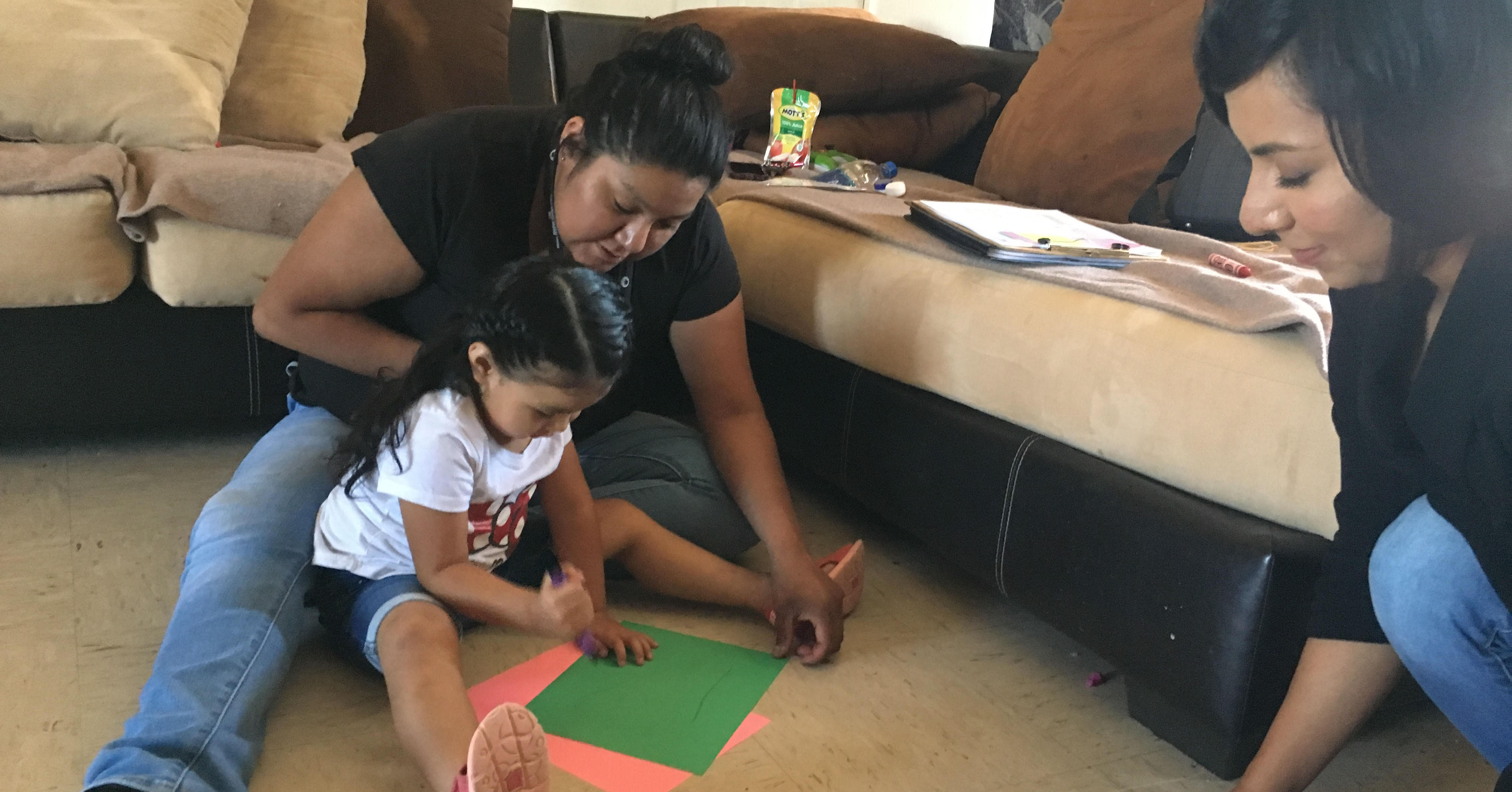
Racine Whatoname already had two daughters when her youngest Rayne was born, but the gap in years between the older two and the baby made Whatoname feel like a first-time mother all over again.
“Everything felt totally new again,” she said.
Whatoname found support through the Hualapai home visitation program, which is designed to strengthen families in Peach Springs by providing pregnant women and families of young children with personalized information on their child’s health and development. The First Things First Hualapai Region funds the program.
“I’ve learned that it’s okay to ask questions or ask for help,” Whatoname said. “I am so much more comfortable reaching out for feedback now.”
She was first introduced to home visitation by a friend who recommended the program. The more Whatoname learned about the home visitation program, the more she reflected on the early experiences of her two older daughters. Her middle daughter in particular exhibited what Whatoname recognizes now were red flags about her language development.
“It didn’t feel right to me as a mom, but I didn’t really have a frame of reference,” Whatoname said. “She wasn’t really talking, and she knew maybe one or two words when she started Head Start and began getting speech therapy.
“Thinking about that experience (with my middle daughter) and how ready she could have been for school, maybe something like home visitation would have helped me see those things earlier.”
During a recent home visit, Rayne’s parent educator, Carmella Fuentes, reviewed results of the 3-year-old’s Ages and Stages Questionnaire, a screening tool used to a child’s development in three areas, including physical, intellectual and social-emotional. After some discussion, Fuentes introduced an activity that is designed to challenge Rayne’s motor skills, while also showing the mother elements of creating quality learning experiences.
“She’s responding to you in a sustained, interactive way,” Fuentes explained to Whatoname as Rayne alternated between coloring papers and trying to cut them using child-safe scissors.
You might be interested in:

Home visitation program helps Peach Springs girl reach healthy developmental milestones
Find free parenting education and activities near you!
Search by zip code
As they continued to talk, Whatoname mentioned a new challenge: her toddler’s anxiety in public settings such as the grocery store or meeting new people.
While it is common for young children to act shy or express fear in new situations, Whatoname said she was concerned that this change in her youngest daughter’s attitude could impact her readiness to start Head Start, where she’ll be interacting with teachers and other children.
A key component of home visitation is to provide families with the tools to address situations such as this. Fuentes suggested Whatoname try to redirect Rayne’s anxiety such as asking pointed questions to distract or reassure her.
“I’ve learned that it’s okay to ask questions or ask for help,” Whatoname said. “I am so much more comfortable reaching out for feedback now.”


